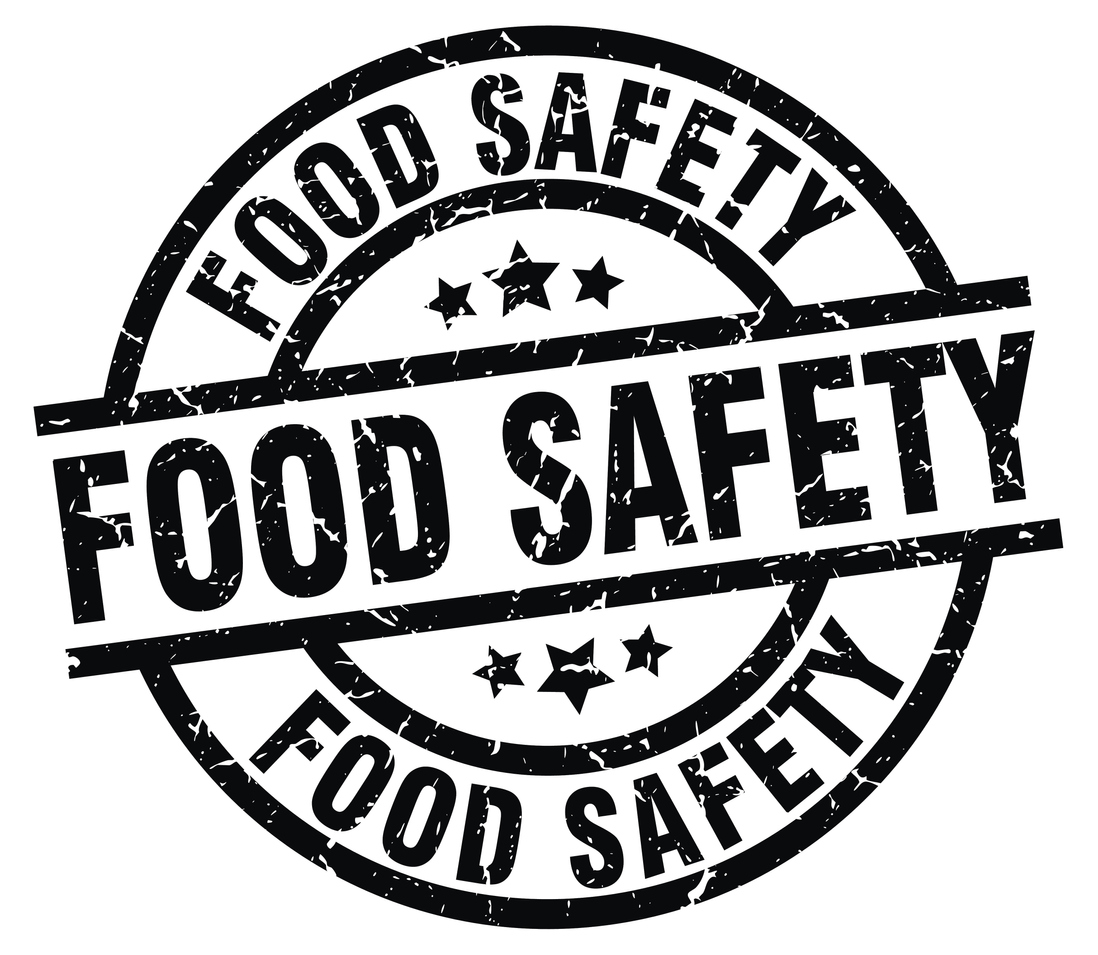
It has been recognized since the 1930’s that water and/or steam blanching vegetables is necessary to inactivate enzymes prior to freezing. Without inactivating enzymes such as lipoxygenase, products can oxidize, develop off-flavors, and experience color-degradation during frozen storage.
In more recent years, blanching for food safety purposes has become relevant, especially as it relates to a pathogen “kill step”. With the right controls and validation procedures, blanching can ensure a 5-log microbiological reduction, and ultimately bring a food-safe product to market.
But what if a product is not blanched, can it still be safe for consumption?
Here at Noon, we prefer to work with blanched products, however on a very rare occasion we source unblanched. This manly depends on the type of product, but we most commonly see this with IQF herbs. Due to their thin and delicate nature, herbs can be damaged (low yields) and lose texture, flavor, and aroma upon blanching. Thus IQF herbs are commonly offered unblanched.
When dealing with unblanched products, it is critical to have microbiological controls in place, as well as an alternative microbiological reduction step, in order to prevent and/or eliminate pathogens.
There are typically 5 common blanching alternatives and we have outlined 2 of the 5 below which can be considered microbiological reduction steps:
-
UV treatment
Ultraviolet light (UV) holds considerable promise in food processing as an alternative to thermal processing. It can be used to treat air, water, and surfaces. By definition, UV light is part of the electromagnetic radiation spectrum (ranging from 180-400 nm). Between 180-280 nm (a range called UV-C), UV light can inactivate bacteria, viruses, cysts, mold, and yeasts. One way to generate UV-C light is via infrared LED lights. UV-C LED lights have high efficiencies, long lifetimes, and have been demonstrated as effective germicides. The technology however is still new and is limited in commercial applications.The benefits of UV light technology are that it’s compact, affordable, energy-efficient, and easy to warm-up. Moreover, UV light is safe and does not leave any residual effect on treated foods. The downside to UV light is that it only provides surface microorganism control. UV light often cannot reach the core or the inside of vegetables, as the light can only penetrate up to a few millimeters.Some IQF vegetable processors use UV treatment as a supplement to blanching. UV light is applied to product post-IQF tunnel and pre-packaging stage, in order to combat any bacterium gathered since blanching. As defined by 21 CFR 179.39, UV light for food products is limited to an intensity of 1 W per 5-10 ft2.
There is still more work and research needed in order to make UV treatment a viable commercial application. Despite its challenges and limitations, UV has enormous potential for controlling pathogens in food processing.
-
Hydrogen Peroxide treatment
Hydrogen peroxide is an important and versatile commercial chemical, and can be used as an oxidizer, bleaching agent, and antiseptic. In the food industry, it is often used to treat and sanitize processing facilities and machinery, as well as to treat waste-water to remove organic impurities. Often times processors may apply hydrogen peroxide to sanitize gloves or shovels when directly contacting food products (for example to take a sample). When sanitizing food, hydrogen peroxide can be added to deionized distilled water in amounts ranging from 0-5%.Hydrogen peroxide is an environmentally safe alternative to chlorine-based bleaches, as it degrades to form oxygen and water (its formula is H2O2). It is generally recognized as safe (GRAS) as an antimicrobial agent by the U.S. Food and Drug Administration. The benefits of hydrogen peroxide are that it’s very powerful, degradable, and affordable, while the downside is that it has the potential to damage the external tissues of food products.
Editor’s Note: This is part 1 of a 2 part series. The additional 3 steps will be outlined in our Food Report next month!
1930年代以来、野菜を冷凍する前に酵素を失活させるため、ブランチングが必要だとされてきました。リポキシゲナーゼなどの酵素を失活さなければ、冷凍貯蔵の間に食品が酸化し、匂いや色が変化するためです。
また、近年では、食品安全性を目的としたブランチングも重要性が増してきました。ブランチングが病原体の殺菌に関係するためです。コントロールと検証を適切に実践すれば、ブランチングによって微生物を10万分の1に減らすことができ、安全な食品を市場にもたらす効果があります。
でも、食品にブランチングが施されていなくても安全性を確保することはできるのでしょうか?
Noon Internationalでは、ブランチングの施された食品を好んでいますが、それでもごく稀に、ブランチングの施されていない食品を調達することがあります。これは主に食品のタイプによりますが、IQF(個別急速冷凍)ハーブに最も一般的です。ハーブは薄くて繊細なため、ブランチングをすれば葉が破れてしまったり(生産量の低下)、食感、風味、香りが失われてしまったりする可能性があります。このため、IQFハーブはブランチングをしていない状態で販売されることが多いのです。
ブランチングの施されていない食品を扱う場合は、病原体を予防または排除するため、微生物のコントロールと微生物を減らす代替の方法が実践されていることが非常に重要です。
ブランチングの代替手段は通常5つあり、そのうち2つを以下にご紹介します。これらは微生物抑制のステップと見なすことができます。
紫外線処理
紫外線は、熱処理に変わる加工処理の手段として有望視されており、空気、水、表面の処理に使うことができます。紫外線とは、電磁スペクトルの一部です(180の波長)。波長が180~280 nm(UV-C)の紫外線ライトは、バクテリア、ウイルス、シスト(嚢子)、カビ、イーストを失活させることができます。このUV-Cを発生させるひとつの方法が、紫外線LEDライトを使用することです。UV-CのLEDライトは、省電力・長寿命で、殺菌効果が証明されています。ただし、この技術はまだ新しく、商業的には広く応用されていません。紫外線ライトのメリットは、コンパクトで安価、省エネ、そして簡単に準備できることです。さらに、紫外線ライトは安全で、処理した食品に影響することがありません。紫外線ライトのデメリットは、「表面」の微生物しか処理できないことです。紫外線ライトは多くの場合、表面から数ミリしか貫通しないため、野菜の内部や中心部までは届きません。
IQF野菜の一部の加工業者では、ブランチングの補助として紫外線処理を使用しています。トンネルフリーザーを通過後、梱包前の段階で使用して、ブランチング後に付着したバクテリアを除去するのが目的です。21 CFR 179.39(連邦規則集第21巻第179.39章)で定められているとおり、食品向けの紫外線ライトの照射強度は5~10平方フィート当たり1 Wに制限されています。
紫外線処理が商業的に有効な選択肢となるには、今後さらなる研究や開発が必要です。ただし、課題や限界があるとはいえ、食品加工における病原体のコントロールにおいて、紫外線は大きな潜在性を有しています。
過酸化水素処理
過酸化水素は、用途の多い重要な商業化学品で、酸化剤、漂白剤、防腐剤として使うことができます。食品業界では多くの場合、加工処理のための設備機器を消毒したり廃水から有機不純物を除去したりするのに使われています。加工業者はしばしば、食品に直接触れる(サンプルを抽出する際などに使用する)手袋やシャベルを過酸化水素で消毒しています。食品を殺菌するという点では、イオン除去済みの蒸留水に過酸化水素を0~5%の濃度で追加することができます。過酸化水素は、分解されると酸素と水になるため(過酸化水素の化学式はH2O2)、環境にやさしく、塩素系の漂白剤の代替にもなります。米国の食品医薬品局(FDA)から「Generally Recognized As Safe」(一般に安全と認められる)、略してGRASの化学品に指定されています。過酸化水素のメリットは、非常に強力で、分解可能、安価なことです。一方のデメリットは、食品の外側の組織を破壊する可能性があることです。
注:この記事は2回シリーズです。残りの3つのステップは来月号でご紹介します!
